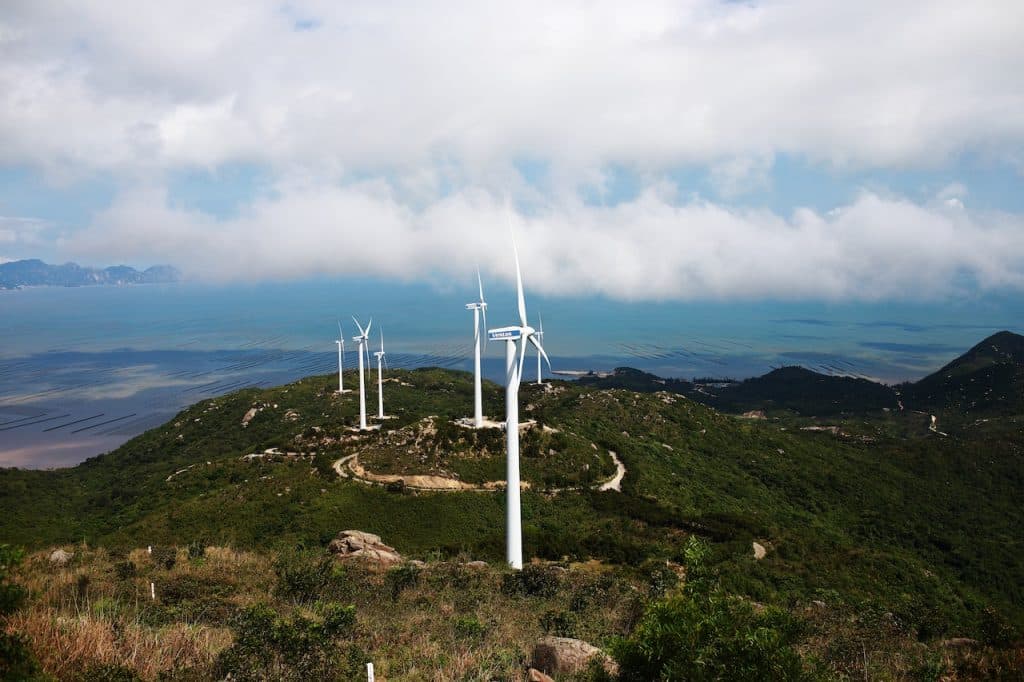

With awareness of the effects of global climate change rising, businesses worldwide are stepping up their sustainability efforts to reduce their carbon footprint and work towards net zero goals. Even the smallest businesses produce carbon emissions, whether it’s through their premises, the vehicles they use, or their supply chain, for example. So it’s crucial for companies to align their operations with eco-conscious practices in order to get closer to their net zero goals.
An effective avenue to take to achieve this is through asset finance, which enables businesses to acquire the necessary equipment they need to catalyse their journey towards net zero goals. In this blog, we’ll explore how asset finance can be utilised to help businesses achieve sustainable practices, as well as what equipment can be financed.
The urgency of sustainable business practices in 2023
With climate concerns taking centre stage, it’s no wonder that businesses are growing increasingly aware of the importance of integrating sustainability into their core practices and strategies.
Striving towards net zero emissions, where the amount of greenhouse gases emitted is balanced by the amount removed from the atmosphere, is an ambitious yet essential target.
Beyond environmental responsibility, there are other advantages to adopting sustainable practices, such as an enhanced brand reputation, cost savings and competitive advantage.
What equipment can businesses acquire for eco-friendly practices
When working towards net zero goals, it is essential to make considered choices and investments in sustainable technology and machinery. When considering equipment to bolster your sustainability efforts, there are three distinct pathways.
Energy generation
Renewable energy sources play a vital role in the transition towards net zero emissions. Embracing these sources not only reduces your company’s carbon footprint but may also contribute to long-term savings. Here are several options to consider:
- Solar: Installing solar panels on your company’s premises can harness the power of the sun to generate clean electricity.
- Wind Turbines: Wind energy is a potent source of renewable power, especially for locations with consistent wind patterns.
- Combined Heat and Power (CHP): CHP systems capture and utilise heat that would otherwise be wasted during electricity generation, resulting in increased energy efficiency.
- Biomass and Anaerobic Digestion: These technologies transform organic waste into renewable energy sources, minimising waste while producing power
Energy efficiency
Maximising energy efficiency is the key to achieving any sustainability strategy. Upgrading equipment and systems to more efficient alternatives can lead to substantial reductions in energy consumption and emissions. Some options include:
- LED Lighting: Transitioning to LED lighting systems drastically lowers energy usage and maintenance costs.
- HVAC (Heating, Air Conditioning, and Ventilation): Upgrading HVAC systems with energy-efficient models enhance indoor comfort while reducing energy demand.
- Voltage Optimisation: This technology ensures that electrical systems operate at optimal voltage levels, minimising energy waste.
- Battery Storage: Storing excess energy for later use contributes to grid stability and enhances the utilisation of renewable sources.
- Boilers: High-efficiency boilers consume less fuel and emit fewer pollutants, making them a greener alternative.
- BEMS (Building Energy Management Software): BEMS systems offer real-time monitoring and control of energy usage, facilitating proactive energy management.
E-Mobility
The transportation sector is a significant contributor to emissions. Adopting electric mobility solutions can greatly reduce your company’s carbon footprint. Options include:
- EV Charging Points: Installing electric vehicle charging infrastructure encourages the adoption of electric vehicles among employees and customers.
- Electric Vehicles (EV): Transitioning your company fleet to electric vehicles significantly reduces tailpipe emissions.
- Hybrid Vehicles: Hybrid vehicles provide a bridge between traditional internal combustion engines and fully electric options.
- Clean Air Zone (CAZ) / Low & Ultra Low Emission Zone (ULEZ) Compliant Vehicles: Adhering to emissions regulations enhances air quality and supports eco-friendly transportation, whilst avoiding non-compliance charges
Step closer to your net zero goals with asset finance from Shire Leasing
While the benefits of adopting sustainable technologies are clear, acquiring this equipment involves a significant investment, which is a challenge for many businesses.
At Shire Leasing, our structured asset finance solutions are designed to help you acquire the equipment you need to enhance your environmental performance, without straining your financial resources.
To find out more about how our finance options can help you on your way to reaching your net zero goals, get in touch with a member of our team today.

